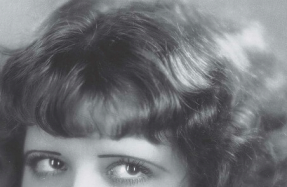furniture styles


Several years ago while talking with author Noah Fleisher about his Mid-Century Modern furniture book, he pointed out something we should all keep in mind when looking at furniture:
“Modernism didn’t just one day emerge, say January 1, 1950, fully realized, from the mind of its remote creators,” Fleisher said.
Instead, Fleisher argued, signs of Modernisn could be traced to the mid-1800s post-Empire non-conformity of the Biedermeier Movement; the turn of the 20th century anti-Victorianism of the Vienna Secessionists; the radical reductionism of Frank Lloyd Wright; and the revolutionary post-Depression thinking of Walter Gropius and the Bauhaus school in Germany.
The point is, Modernism evolved from many influences. That’s true of all furniture styles. To help understand what defines each overlapping style, here are some of the major design elements for each period.
The style is named for the English King William of Orange and his consort, Mary. New colonists in America brought their English furniture traditions with them and tried to translate these styles using native woods. Their furniture was practical and sturdy. Lines of this furniture style tend to be crisp, while facades might be decorated with bold grains of walnut or maple veneers, framed by inlaid bands. Moldings and turnings are exaggerated in size. Turnings are baluster-shaped and the use of C-scrolls was quite common. Feet found in this period generally are round or oval. One exception to this is known as the Spanish foot, which flares to a scroll. Woods tend to be maple, walnut, white pine or southern yellow pine. One type of decoration that begins in the William and Mary period and extends through to Queen Anne and Chippendale styles is known as “japanning,” referring to a lacquering process that combines ashes
You’re reading a preview, subscribe to read more.
Start your free 30 days

